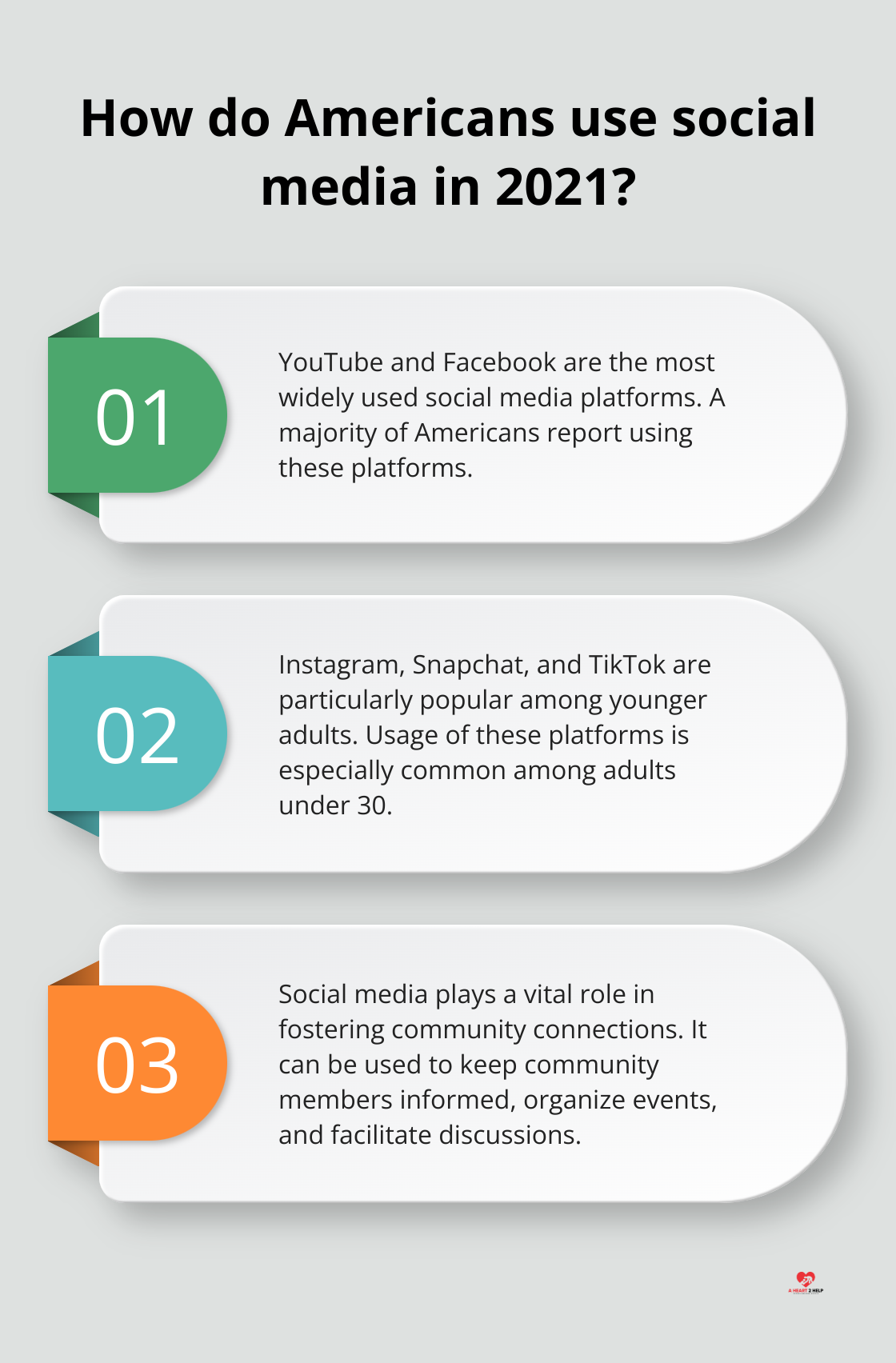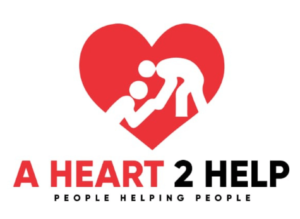At A Heart 2 Help, we understand the power of strong community connections.
Communities thrive when people come together, support each other, and work towards common goals. This blog post explores strategies to nurture the bonds of community, meaning we’ll dive into practical ways to build and strengthen these vital connections.
We’ll share proven methods for fostering a sense of belonging and unity in your neighborhood or group.
Why Community Bonds Matter
The Essence of Community Connections
Community bonds form the invisible threads that weave people together, creating a tapestry of support, shared experiences, and collective growth. These bonds represent the connections and relationships that form between individuals within a community, whether it’s a neighborhood, a school, or an online group.
The Impact of Strong Connections
Strong community connections yield tangible benefits for both individuals and the collective. Research shows that community belonging is associated with self-rated health at all ages, with a stronger association to mental health compared to general health. This suggests that community engagement can act as a buffer against stress and anxiety, contributing to improved mental health outcomes.
Personal Growth Through Community Engagement
On an individual level, being part of a tight-knit community fosters personal development. When we engage with others who share our interests or challenges, we gain new perspectives and learn from diverse experiences. This exposure to different viewpoints can enhance our problem-solving skills and broaden our understanding of the world around us.
Collective Resilience and Progress
Communities with strong bonds demonstrate more resilience in the face of adversity. Literature reviews focusing on natural hazards have highlighted the importance of community resilience. During times of crisis, well-connected communities often recover faster, showcasing their ability to adapt and overcome challenges collectively.

Moreover, these bonds create a foundation for collective action. When community members feel connected, they participate more in local initiatives, volunteer for causes, and work together towards common goals. This collaborative spirit can lead to significant improvements in community infrastructure, education, and overall quality of life.
The Role of Technology in Community Building
In today’s digital age, technology plays a pivotal role in fostering community bonds. Platforms like A Heart 2 Help leverage innovative solutions to connect compassionate individuals with those in need, promoting a sense of community and support. These digital tools make volunteering accessible without traditional time commitments, encouraging acts of kindness and building stronger community bonds.
As we move forward, it’s clear that nurturing community bonds isn’t just about feeling good-it’s about creating a robust support system that enhances individual well-being while simultaneously building a stronger, more resilient collective. The next section will explore effective strategies for building and strengthening these vital community connections.
How to Build Stronger Community Connections
Building strong community connections requires intentional effort and strategic planning. Here are some proven strategies to strengthen your community ties:
Host Regular Community Events
Organizing frequent gatherings forms a cornerstone of community building. The key lies in consistency and variety. Culinary events, such as Low Country Boil Nights or Summer Sundays featuring special menus, can provide regular touchpoints for community members to interact.

When you plan events, consider diverse interests and schedules. A mix of daytime and evening events, as well as weekday and weekend options, ensures maximum participation. Also, rotate event types to appeal to different demographics – from family-friendly picnics to adult-oriented wine tastings.
Launch Impactful Volunteer Initiatives
Volunteering not only benefits the community but also strengthens bonds between participants. Start by identifying local needs through surveys or community meetings. Then, create targeted programs to address these issues.
Try partnering with local businesses or schools to expand your volunteer base. Many companies offer paid volunteer time off, which you can leverage for larger community projects.
Harness Technology for Community Engagement
In today’s digital age, technology plays a vital role in fostering community connections. Platforms like A Heart 2 Help make it easy for people to offer and receive help, creating a virtual support network that translates into real-world impact.
Use social media to keep community members informed and engaged. Create Facebook groups or use platforms like Nextdoor to share updates, organize events, and facilitate discussions. A majority of Americans say they use YouTube and Facebook, while use of Instagram, Snapchat and TikTok is especially common among adults under 30.
Consider implementing a community app or website where residents can access resources, report issues, and connect with each other.
Create Shared Spaces for Interaction
Physical spaces play a vital role in community bonding. Transform underutilized areas into vibrant community hubs. This could involve setting up benches and tables in a local park or converting an empty lot into a community garden.
Consider creating indoor spaces as well, especially in areas with harsh weather. Community centers, shared workspaces, or even designated areas in local cafes can serve as meeting points for residents.
These strategies create a strong foundation for community bonds to flourish. However, building a connected community often faces challenges. In the next section, we’ll explore common obstacles in community building and provide practical solutions to overcome them.
Navigating Community Building Hurdles
Embracing Diversity and Fostering Inclusion
One of the biggest challenges in community building is to ensure everyone feels welcome and valued. We recommend conducting a diversity audit of your current community makeup. Are certain groups underrepresented? Once identified, reach out to these groups directly. Partner with local cultural organizations or community leaders to bridge gaps and build trust.

Implement a buddy system for newcomers, pairing them with established community members. This personal touch can make a significant difference in helping people feel connected from day one.
Language barriers can obstruct community building. Multilingual resources or partnerships with translation services can help address this issue. This approach can support native language production and address control demands in multilingual communities.
Resolving Conflicts Constructively
Disagreements are inevitable in any community. The key is to manage them effectively. Establish clear conflict resolution protocols before issues arise. Train community leaders in mediation techniques to handle disputes fairly and impartially.
Create a safe space for open dialogue. Regular feedback sessions can help prevent small grievances from escalating into larger conflicts. These sessions can also contribute to social cohesion and community capacity strengthening.
When conflicts occur, address them promptly and transparently.
Maintaining Long-Term Engagement
Keeping community members engaged over time can challenge even the most dedicated organizers. Combat participation fatigue by regularly refreshing your community offerings. Rotate leadership roles to bring in fresh perspectives and prevent burnout among core members.
Implement a recognition program to celebrate active participants. This could be as simple as a “Member of the Month” feature or as elaborate as an annual awards ceremony.
Use data to inform your engagement strategies. Track participation rates and gather feedback to understand what works and what doesn’t. Adjust your approach accordingly.
Striking the Online-Offline Balance
In today’s digital age, finding the right balance between online and offline interactions is essential. While digital platforms make it easy to connect virtually, face-to-face interactions remain invaluable for building deep connections.
Try a hybrid approach. Use digital tools for day-to-day communications and coordination, but prioritize in-person events for key community-building activities.
When you organize online events, make them interactive. Use breakout rooms, polls, and Q&A sessions to foster engagement. For offline events, leverage technology for easy sign-ups and reminders to boost attendance.
Final Thoughts
Building and nurturing community bonds requires dedication, creativity, and persistence. Strong communities provide support networks that enhance individual well-being, foster personal growth, and contribute to collective resilience. Every small action counts in weaving the fabric of a strong, supportive community.

We encourage you to take the first step today to nurture the bonds of community (meaning to strengthen connections with those around you). Start small, but start now. One way to get involved is through platforms like A Heart 2 Help, which connects those offering help with those in need.
This innovative care-app makes it easy to contribute to your community through offering rides, providing companionship, or assisting in emergencies. The power to make a difference lies within each of us. Let’s embrace it and build stronger, more connected communities together.

